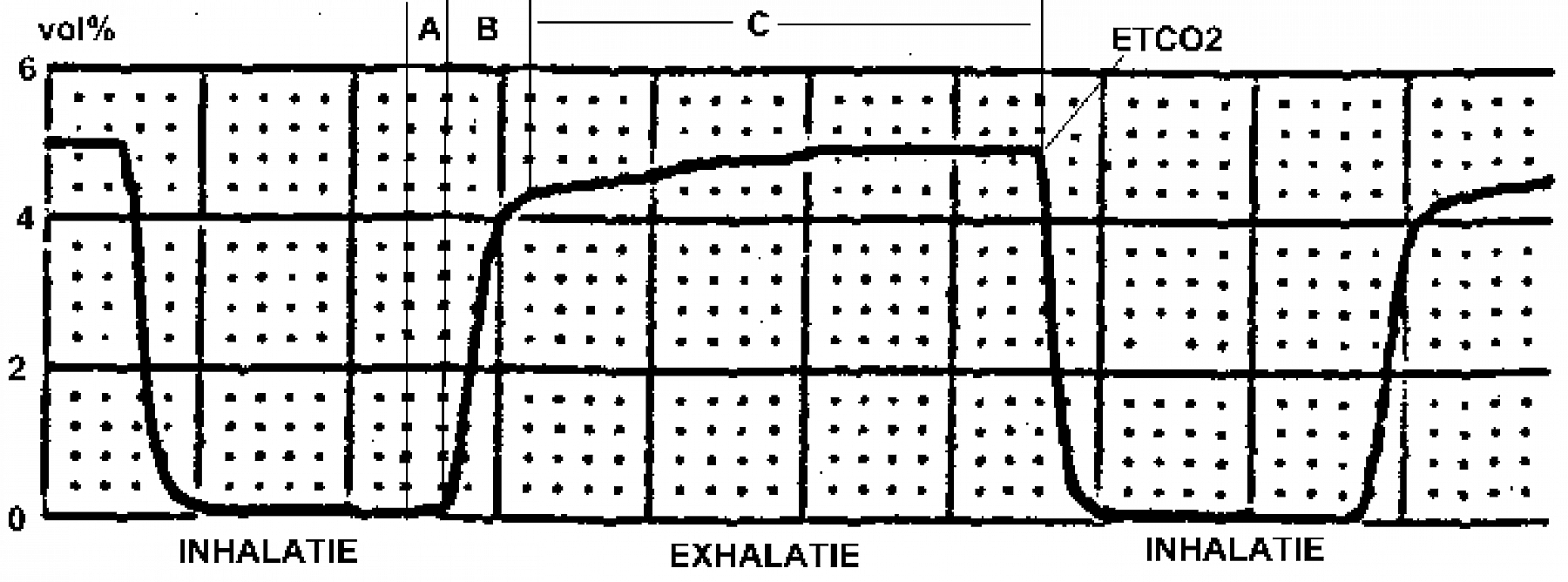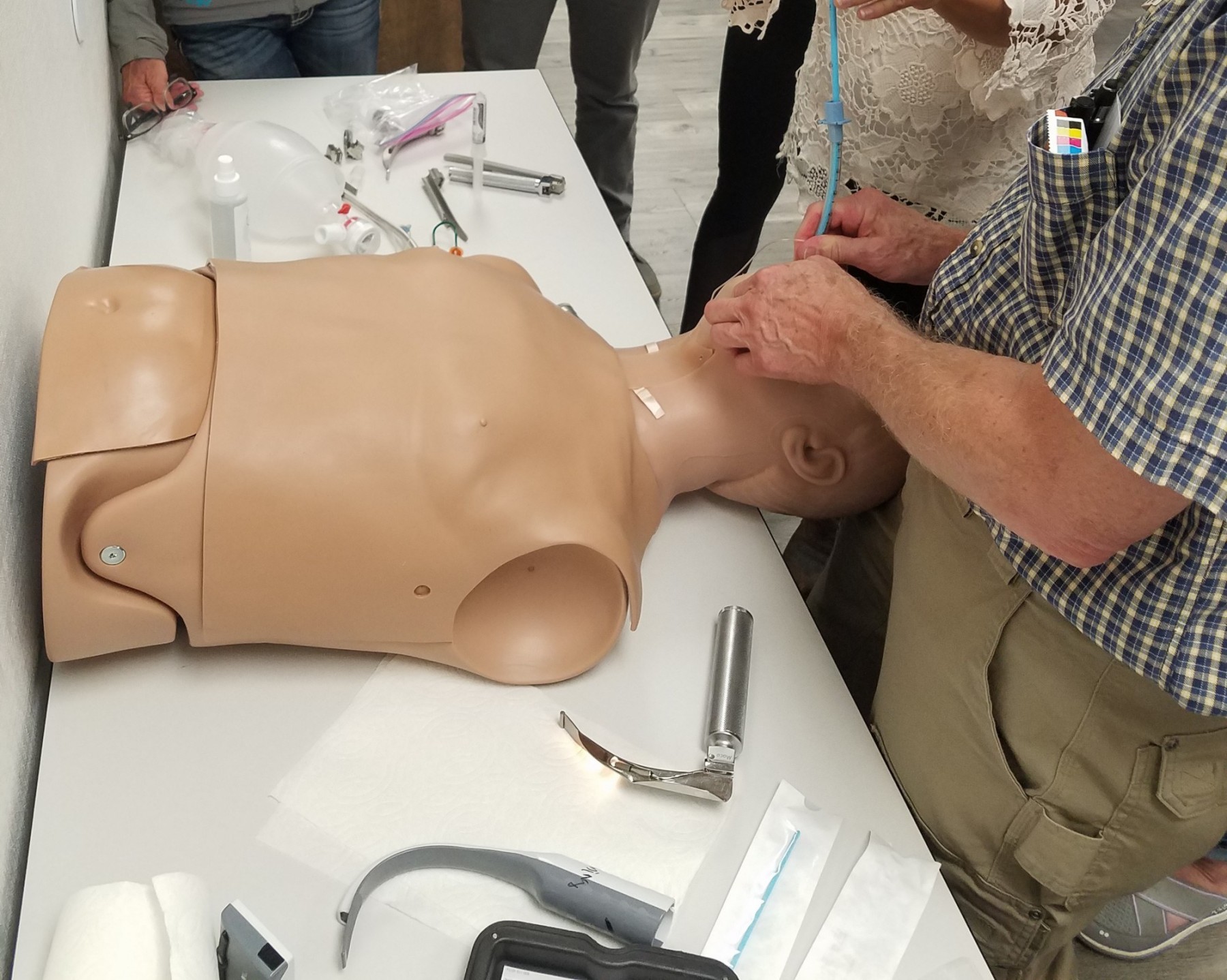
Capnography - The Fifth Vital Sign
Many Montana providers have heard of capnography and it's many uses, but haven't integrated it into daily practice.
Perhaps it was not part of your original training program. Either way we are here to demystify this essential tool.
First used in the early 20th century and for many years by our colleagues in anesthesia and the operating room, routine use of end tidal waveform capnography is a relative new comer to the emergency and resuscitation medicine world. As early adopters of the technology in the emergency medicine setting, EMS professionals are identifying more and more ways to use capnography for goal directed therapy.
Who should take this course
This six hour comprehensive capnography course is designed for advanced life support providers and resuscitation specialists. It is particularly appropriate for physicians, paramedics, and nurses who work in the emergency medicine setting.
What is covered
In this interactive lecture, lab, and scenario based six hour course participants will receive the following;
- Review of pulmonary Anatomy and Physiology
- Gas laws and the basics of diffusion
- Practical Acid Base - what you really need to know
- History of Capnography
- Review of technology
- Airway lab practice
- Injuries and Capnography
- Illnesses and Capnogprahgy
- Case studies
- Written exam
6.0 hours Airway/Respiration/Ventilation CEUs awarded. This course is approved for UMBC CCEMT-P and BCCTPC FP-C renewal hours.
Advanced 12-Lead ECG Interpretation
ACCF/AHA 2013 Guidelines for the Management of ST Elevation Myocardial Infarction (2013, p. e371):
“EMS personnel should be accountable for obtaining a prehospital ECG, making the diagnosis, activating the system, and deciding whether to transport the patient to a PCI-capable or non–PCI-capable hospital.”
Without question, this directive places the responsibility for diagnosing acute coronary artery occlusions squarely on prehospital providers. To meet this responsibility and ultimately improve outcomes in these patients, the EMS provider must become proficient in use and analysis of the primary screening tool for acute coronary artery occlusions: the 12 Lead ECG. This 8 hour course is designed for Paramedics, Nurses, and other advanced care providers interested in improving 12 Lead interpretation competency beyond traditional STEMI recognition.
This course includes a great primer in electrophysiology and ECG waveform analysis -with the goal being to not only recognize important ECG changes such as QRS duration and morphology, J point and ST segment elevation and depression, hyper acute T wave and other T wave changes, QRS axis, and injury axis – but to understand why these changes occur with respect to lead placement and cardiac pathology.
With a solid foundation in 12 lead waveform understanding, in addition to reviewing the latest STEMI diagnostic criteria from the 2013 ACCF/AHA STEMI Management Guidelines, this course will cover proper lead placement, limitations and common errors of 12 Lead acquisition, QRS axis and hemilblocks, identifying STEMI mimics, Lead aVR in left main and proximal LAD occlusion, and finally cover in detail the STEMI equivalents: acute occlusion in the presence of LBBB and paced rhythm using the Modified Sgarbossa Criteria, acute occlusion in Benign Early Repolarization, and the Isolated Posterior MI. Ample practice using paper ECGs is required so please bring your calipers!
8.0 hours Cardiovascular CEUS awarded. This course is approved for UMBC CCEMT-P and BCCTPC FP-C renewal hours.
Source Reference:
O’GARA, P. (2012). 2013 ACCF/AHA GUIDELINE FOR THE MANAGEMENT OF ST-ELEVATION MYOCARDIAL INFARCTION. CIRCULATION, 127(4), E362-E425. RETRIEVED APRIL 28, 2015, FROM THIS ONLINE SOURCE DOCUMENT.

Difficult Airway Management
For the moment patients need you the most.
Airway management is the core skill of any resuscitationist. As Montana clinicians our educators know that the tools you have available in Plentywood are different than those is Missoula. This difficult airway management course covers the following:
- Airway Geography (Anatomy and Physiology)
- Where to get lost in the airway
- Tissue and dissection lab
- What is a "failed" airway
- LMA and King Airway review
- Endotracheal intubation best practices
- Capnography and airway management
- When to cut and why we fail
Who should take this course
- Advanced life support providers
- Resuscitation specialists
- EM physicians, anesthesia, and paramedics
This course is pending CAPCE Accreditation